
Edgebanding is a critical process that adds both functionality and aesthetic appeal to your wooden components. It involves applying a thin strip of material, such as PVC, ABS, or wood veneer, to the exposed edges of wooden panels.
200+ Edgebanding machines
0.4-5 mm thickness
12-45 mm wide



.svg)
Maximum part sizes for 3-axis milling
There are various types of CNC milling machines each with specific limitations on maximum part size. Machines with 3-axis CNC are cost-effective options for getting started and are suitable for producing parts with simpler geometries.
Size
Units (mm)
Units (in)
Maximum part sizes for 5-axis milling
Unlock the full potential of milling machines with 5-axis centers, capable of crafting intricate parts with complex geometries. Benefit from increased productivity due to fewer machine setups, making them a superior choice for advanced projects.
Size
Units (mm)
Units (in)
CNC Milling design guidelines
Discover the recommended and technically achievable specifications for commonly encountered features in CNC machined parts, specifically those attainable through CNC milling.
Feature
Recommended
Technically feasible
For depth: 4 X diameter
Depth: 10 X diameter
Length: 3 X diameter
Maximum part sizes for CNC turning
CNC turning involves placing a block on a rotating chuck and using stationary cutting tools to remove material, making parts with symmetry on the center axis. CNC turning is often used to make parts with balanced symmetry. and is known for its faster production and cost efficiency compared to milling.
Part size limitations
Units (mm)
Units (in)
CNC turning design guidelines
Look carefully at the recommended and technically feasible specifications. These characteristics apply to the most common parts that can be made with CNC turning.
Feature
Recommended
Technically feasible
For depth: 4 X diameter
For depth: 4 X diameter
Length: 3 X diameter
Types of Edgebanding

PVC edgebanding is a popular choice due to its versatility and affordability. It is available in a wide range of colors, patterns, and textures, allowing you to match or contrast with your wood surfaces.
PVC edgebanding offers excellent durability, impact resistance, and moisture protection, making it suitable for various applications.

For a more natural and elegant look, wood veneer edgebanding is an excellent choice. It is crafted from real wood veneer, providing the warmth and authenticity of natural wood.
With a variety of wood species and finishes available, you can achieve a seamless blend between the edgebanding and the wood surface.

ABS edgebanding combines the advantages of PVC and wood veneer. It offers durability, moisture resistance, and a wide array of color options.
ABS edgebanding is known for its exceptional impact resistance, making it ideal for high-traffic areas that require additional protection

Polypropylene edgebanding is a durable and cost-effective option. It is known for its chemical resistance and excellent moisture resistance, making it suitable for applications in humid environments.
Polypropylene edgebanding is available in various colors and finishes, allowing you to find the perfect match for your project.

Melamine edgebanding is a popular choice for its affordability and durability. It is made from resin-impregnated paper and is available in various colors and patterns.
Melamine edgebanding offers excellent resistance to scratches, stains, and heat, making it suitable for furniture and cabinetry applications.

PMMA edgebanding provides a sleek and modern look with its high-gloss finish. It offers excellent UV resistance and color stability, ensuring long-lasting beauty.
PMMA edgebanding is scratch-resistant and provides a seamless appearance, enhancing the overall aesthetics of your wood products.

Edgebanding comes in various thicknesses, typically ranging from 0.4mm to 3mm. The thickness determines the level of protection and visual impact of the edgeband.

The width of edgebanding can vary depending on the application and design preferences. Common widths range from 15mm to 45mm or more.

Edgebanding is supplied in rolls or coils of different lengths, typically ranging from a few meters to several hundred meters. The length required depends on the project size and the quantity of edgebanding needed.

Consider the compatibility of the edgebanding material with the wood species or substrate you are using. Certain materials may be better suited for specific wood types or substrates.

Edgebanding is available with different adhesive types, including hot-melt adhesive, pre-glued adhesive, or pressure-sensitive adhesive (PSA). The adhesive type affects the installation process and the bond strength.

Edgebanding is offered in a wide range of colors, patterns, and finishes to match various wood species and design preferences.
Options include solid colors, wood grain patterns, metallic finishes, high gloss, matte, or textured surfaces.

Some edgebanding may come with additional features like UV resistance, chemical resistance, antibacterial properties, or heat resistance. These features can enhance the functionality and longevity of the edgebanding.
Technical Specifications of Edgebanding
Thickness
Edgebanding comes in various thicknesses, typically ranging from 0.4mm to 3mm. The thickness determines the level of protection and visual impact of the edgeband.
Width
The width of edgebanding can vary depending on the application and design preferences. Common widths range from 15mm to 45mm or more.
Length
Edgebanding is supplied in rolls or coils of different lengths, typically ranging from a few meters to several hundred meters. The length required depends on the project size and the quantity of edgebanding needed.
Adhesive type
Edgebanding is available with different adhesive types, including hot-melt adhesive, pre-glued adhesive, or pressure-sensitive adhesive (PSA). The adhesive type affects the installation process and the bond strength.
Color and finish
Edgebanding is offered in a wide range of colors, patterns, and finishes to match various wood species and design preferences. Options include solid colors, wood grain patterns, metallic finishes, high gloss, matte, or textured surfaces.
Compatibility
Consider the compatibility of the edgebanding material with the wood species or substrate you are using. Certain materials may be better suited for specific wood types or substrates.
Special features
Some edgebanding may come with additional features like UV resistance, chemical resistance, antibacterial properties, or heat resistance. These features can enhance the functionality and longevity of the edgebanding.
Type of Sanding and Finishing

Coarse grits are best suited for heavy material removal tasks. They are commonly used for stripping paint, removing rough imperfections, or shaping wood surfaces.
Ideal products for these grit sizes include furniture with thick coatings, large wooden structures, or surfaces with significant roughness

Medium grits are versatile and widely used for general sanding purposes. They are effective for leveling surfaces, smoothing rough wood, or preparing wood for finishing.
These grit sizes are suitable for various wooden products such as cabinets, doors, shelves, or wooden furniture that requires moderate material removal and surface refinement.

Fine grits are ideal for intermediate sanding stages. They are used to remove smaller imperfections, fine-tune surfaces, and achieve a smoother texture on wood.
Products that benefit from these grit sizes include wooden crafts, decorative items, or smaller furniture pieces where a higher level of surface smoothness is desired.

Extra-fine grits are commonly used for fine sanding tasks and preparing wood for staining or applying finishes. They help in achieving a smooth and even surface texture, ensuring optimal absorption of stains or finishes.
These grit sizes are suitable for wooden furniture, cabinets, or surfaces that require a polished and refined appearance.
.jpg)
Very fine to ultra-fine grits are typically employed for sanding between coats of finish or achieving an exceptionally high level of surface smoothness. They are used in the final stages of sanding to remove any remaining imperfections and create a flawless finish.
Ideal products for these grit sizes include high-end furniture, musical instruments, intricate wooden carvings, or any projects that demand meticulous attention to detail and a pristine surface finish.

Formply is a type of plywood specifically designed for use in concrete formwork, featuring a smooth surface and enhanced strength to withstand the pressures and demands of concrete pouring.
Types: Light brown, dark brown, black, anti-slip honeycomb, white, other

Wood oiling is a popular method of finishing wood that involves applying a specialized oil product to the surface of the wood. The oil penetrates into the wood fibers, enhancing its natural beauty and providing a protective layer.
Appearance: Warm and organic look.
Ideal for: Furniture, flooring, countertops, and wooden accessories.
Color: Wood's natural tones, ranging from light golden hues to richer, darker shades.

It is a clear and transparent wood finish that usually comprises drying oil, resin, and thinner or solvent. You can find a variety of varnish wood finishes based on lacquer, alkyd, polyurethane, and acrylic, shellac, and resins, among others
Appearance: Glossy and high-glossy
Ideal for: Floors, cabinets, and furniture
Color: Little-to-no color or pigments.
Application Tools: Can be brushed, rolled or sprayed.

Paint finishes come in a wide range of colors and finishing combinations depending on the level of sheen desired.
Appearance: Matte, satin, semi-gloss, gloss
Ideal for: Wooden paneling, walls, doors, and furniture
Color: A wide range of colors
Application Tools: Can be brushed, rolled or sprayed

Wax finishes come with almost any type of wax, with the most common being carnauba. This finish is easy to apply and offers abrasion resistance, but it is not very durable and requires frequent reapplication.
Appearance: Dull. Buffing is needed for sheen.
Ideal for: Flooring and furniture
Color: Matte to satin
Application Tools: Cloth or brush or even spray

Appearance: Enhances natural appearance, particularly grain pattern
Ideal for: Indoor and outdoor furniture
Color: Typically warm reds and browns
Application Tools: Brush or chemical staining

Polyurethane wood finish is durable and water-resistant, thus offering excellent protection. It can offer a warm and amber tone to the wood. However, it can be difficult to repair damage to it.
Appearance: satin, semi-gloss and high-gloss
Ideal for: Cabinets, doors, furniture, and floors
Color: Clear or almost all colors
Application Tools: Natural bristle brush or spray
Case studies : Success stories &
real-world applications
Explore our project gallery
Dive into our portfolio of work executed with our beloved customers

MDF (Medium-Density Fiberboard) is an engineered wood product made by compressing wood fibers and resin under high pressure and heat to create a dense, smooth, and uniform panel.
Can cut up to 12 mm. Engraving possible.

Plywood is a panel made by gluing together multiple layers of thin wood veneers, with each layer oriented perpendicular to the adjacent ones, resulting in a strong and versatile wood product.
Types: Okoume, Poplar, Beech, Pine, Spruce, Birch, others
Can cut Birch up to 12 mm and Poplar up to 18 mm. Engraving possible.

Chipboard, also known as particle board, is an engineered wood product made by compressing wood particles and adhesive together to form a dense and affordable panel material.
Can cut up to 15 mm. Engraving possible.

OSB (Oriented Strand Board) is a type of engineered wood panel made by compressing and bonding strands of wood with adhesive, resulting in a strong and versatile building material.
Can cut up to 15 mm. Engraving possible.

Formply is a type of plywood specifically designed for use in concrete formwork, featuring a smooth surface and enhanced strength to withstand the pressures and demands of concrete pouring.
Types: Light brown, dark brown, black, anti-slip honeycomb, white, other
Laser cutting is not feasible. Engraving is possible.

HPL (High Pressure Laminate) is a durable and versatile surfacing material made by layering resin-impregnated sheets of kraft paper and overlaying them with a decorative printed layer, compressed under high heat and pressure.
Laser cutting is not feasible. Engraving is possible.

Melamine (Low Pressure Laminate) is a synthetic resin used as a durable and decorative coating or laminate for wood materials, known for its heat resistance, durability, and resistance to chemicals and moisture.
Laser cutting is not feasible. Engraving is possible.

Veneer is a thin slice of wood that is used to cover or enhance the surface of wood-based materials, showcasing the natural beauty and grain patterns of different wood species.
Types: Oak, Birch, Nut, Ash, Beech, Pine, Cherry, Mahogany, Maple, Elm, Spruce, Other
Can cut up to 9 mm. Engraving is possible.

Solid wood refers to natural wood that is derived directly from the trunk of a tree, offering authenticity, durability, and unique characteristics throughout the entire piece.
Types: Maple, Beech, Oak, Cherry, Spruce, Nut, Pine, Mahogany, Ash, Teak, Other
Can cut up to 20 mm. Engraving is possible.

Bamboo wood refers to the strong and sustainable material derived from the fast-growing bamboo plant, known for its versatility, durability, and eco-friendly properties.
Types: Caramel, natural, other
Can cut up to 9 mm. Engraving is possible.
Upload your design file and get a quote
within days
Quality production with trusted production network.
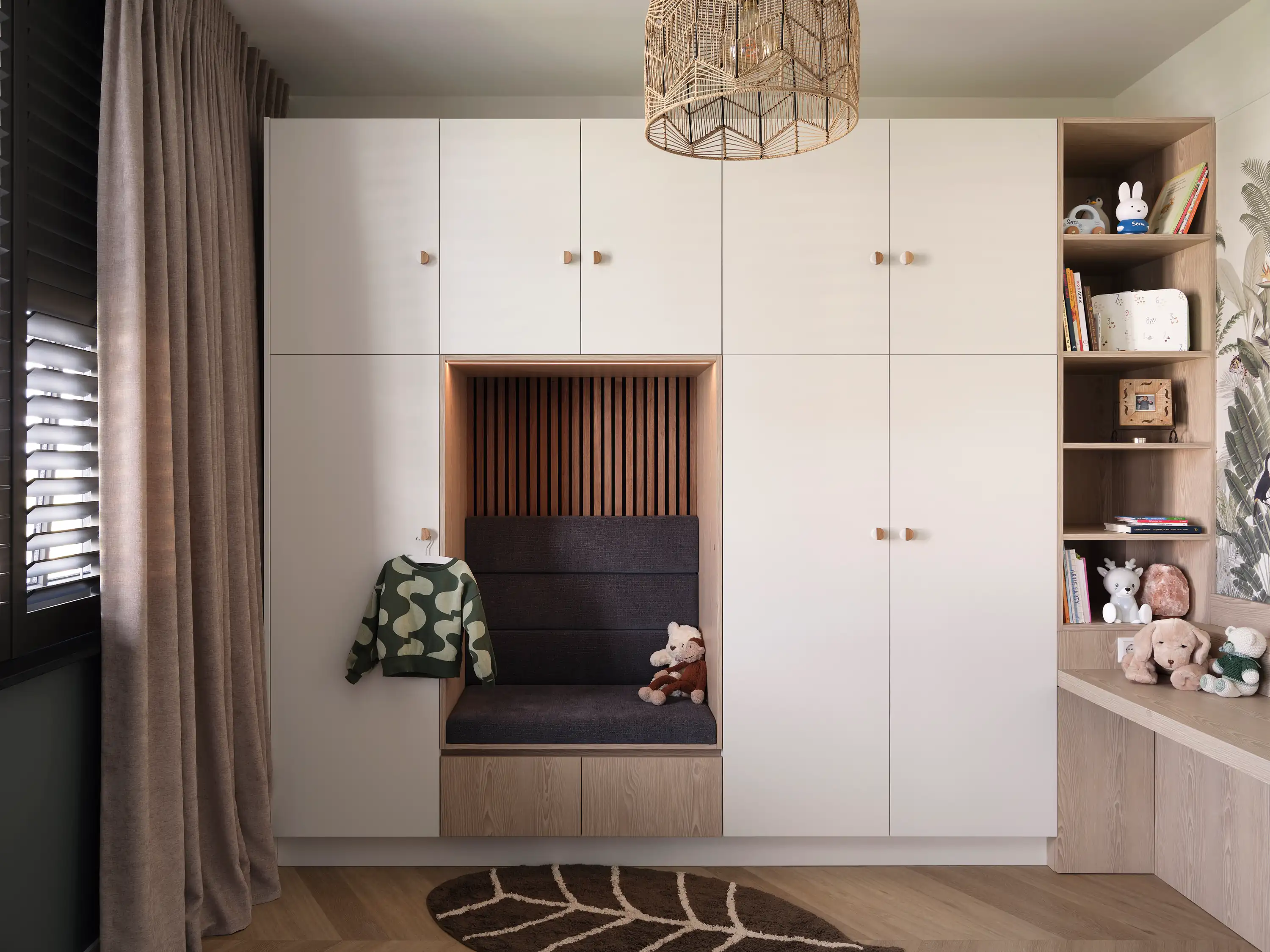
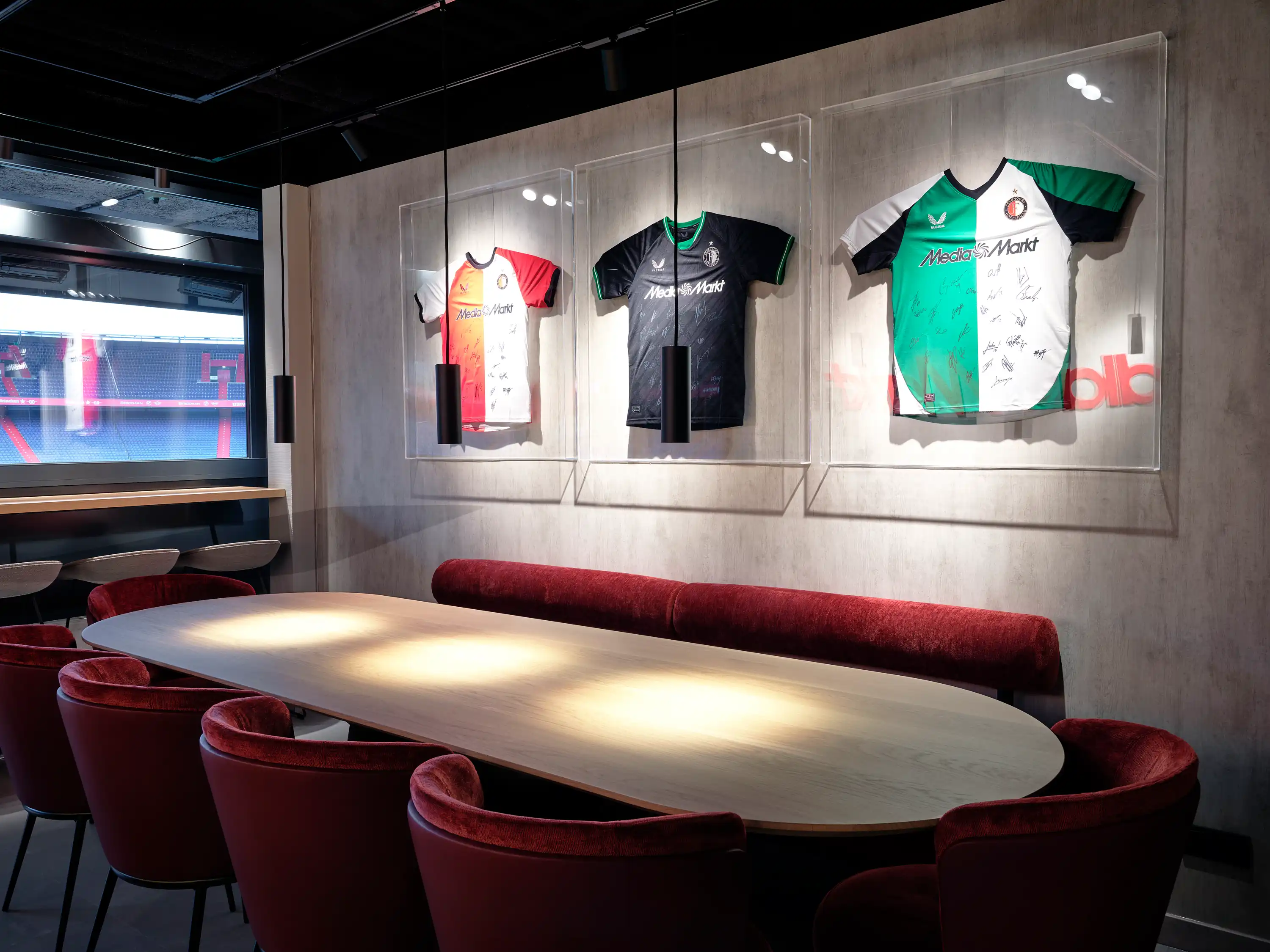

%20(1).webp)
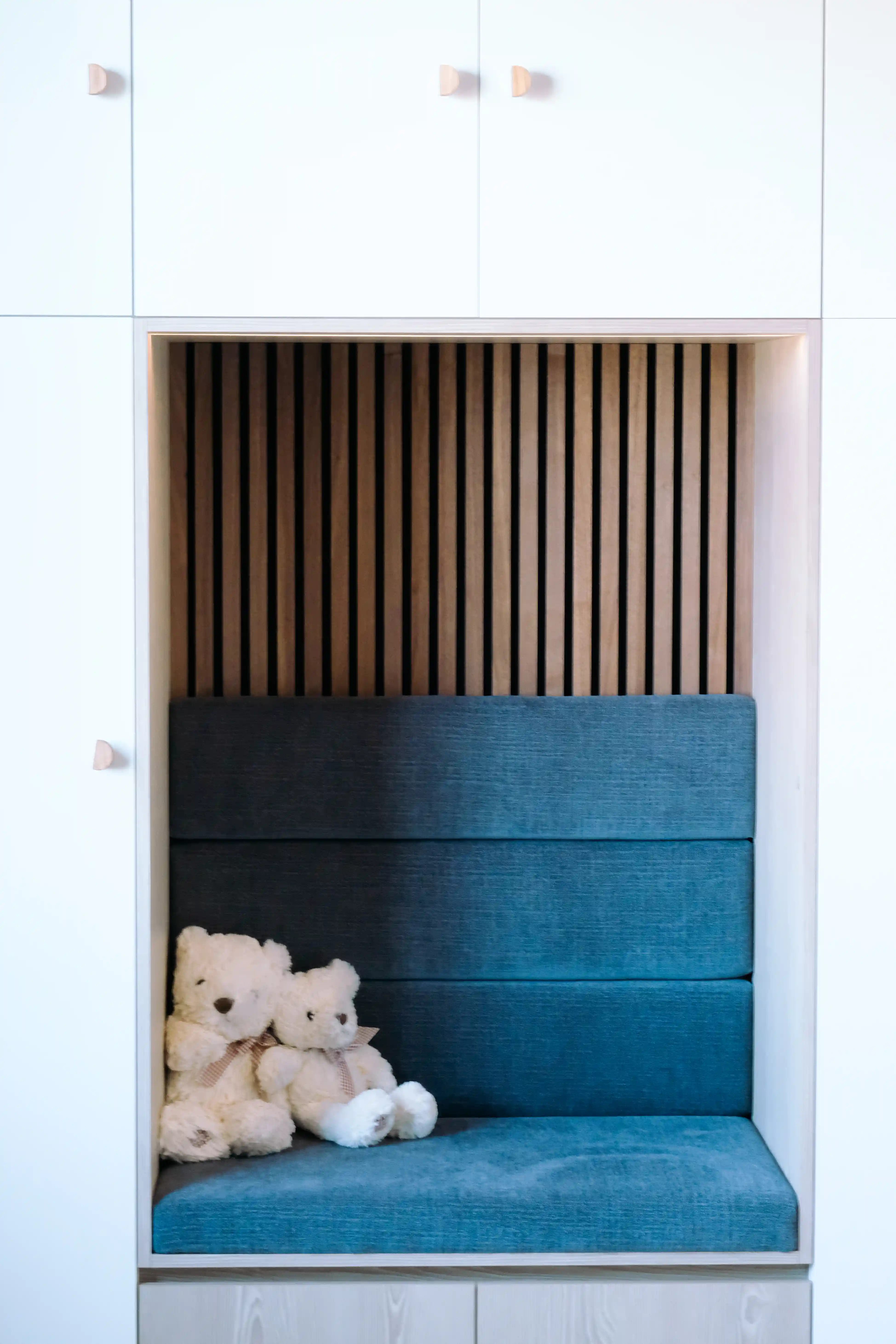
.webp)
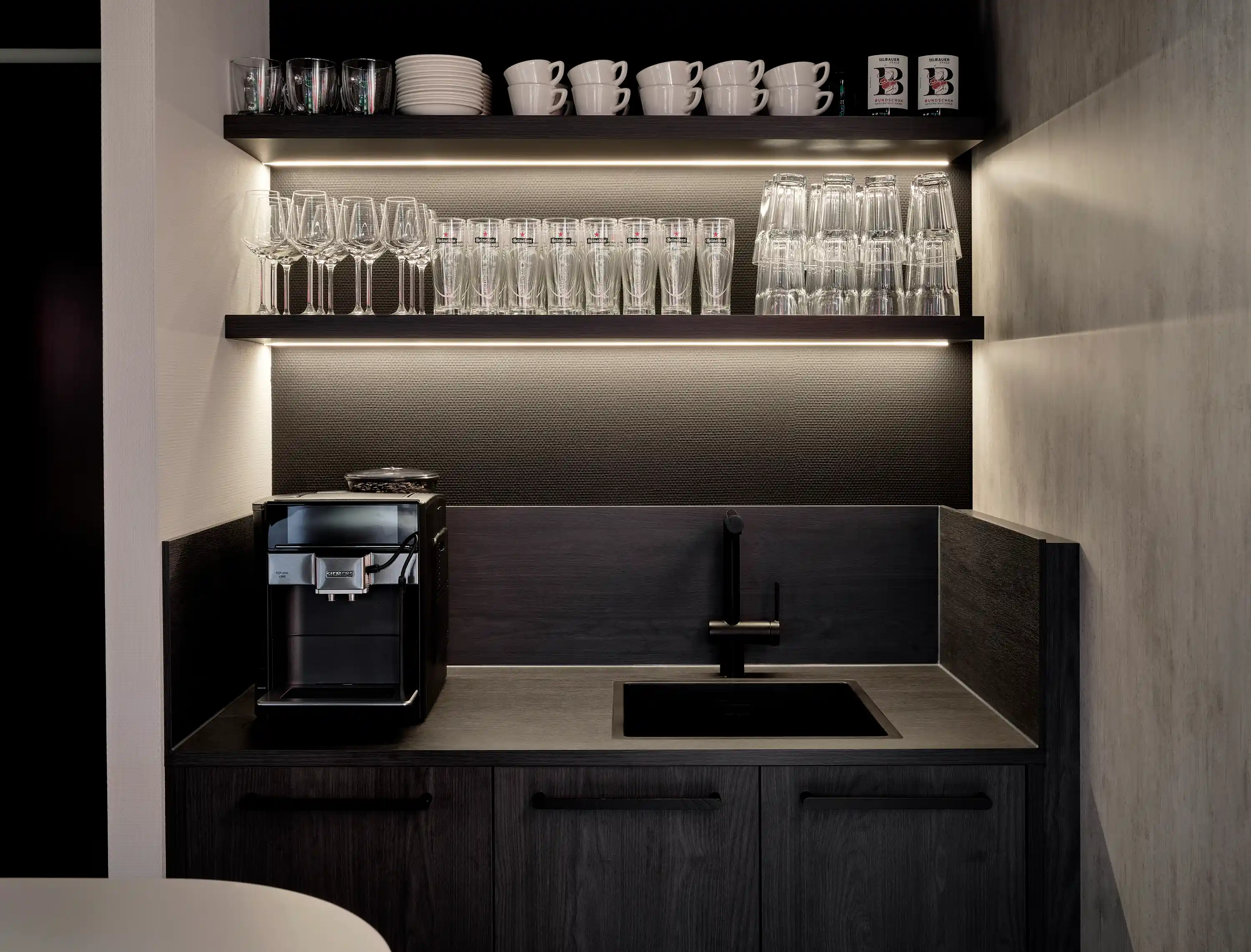

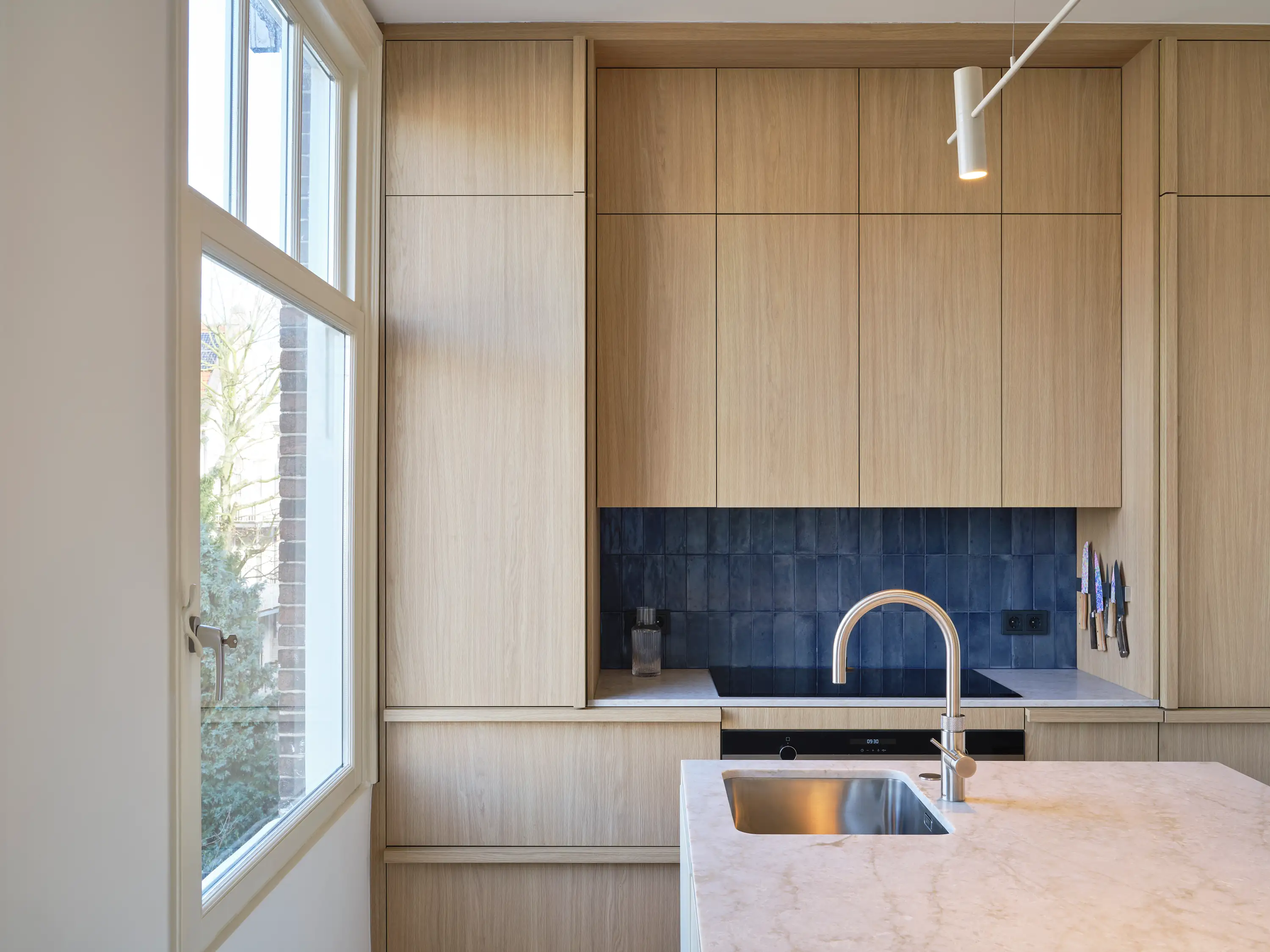

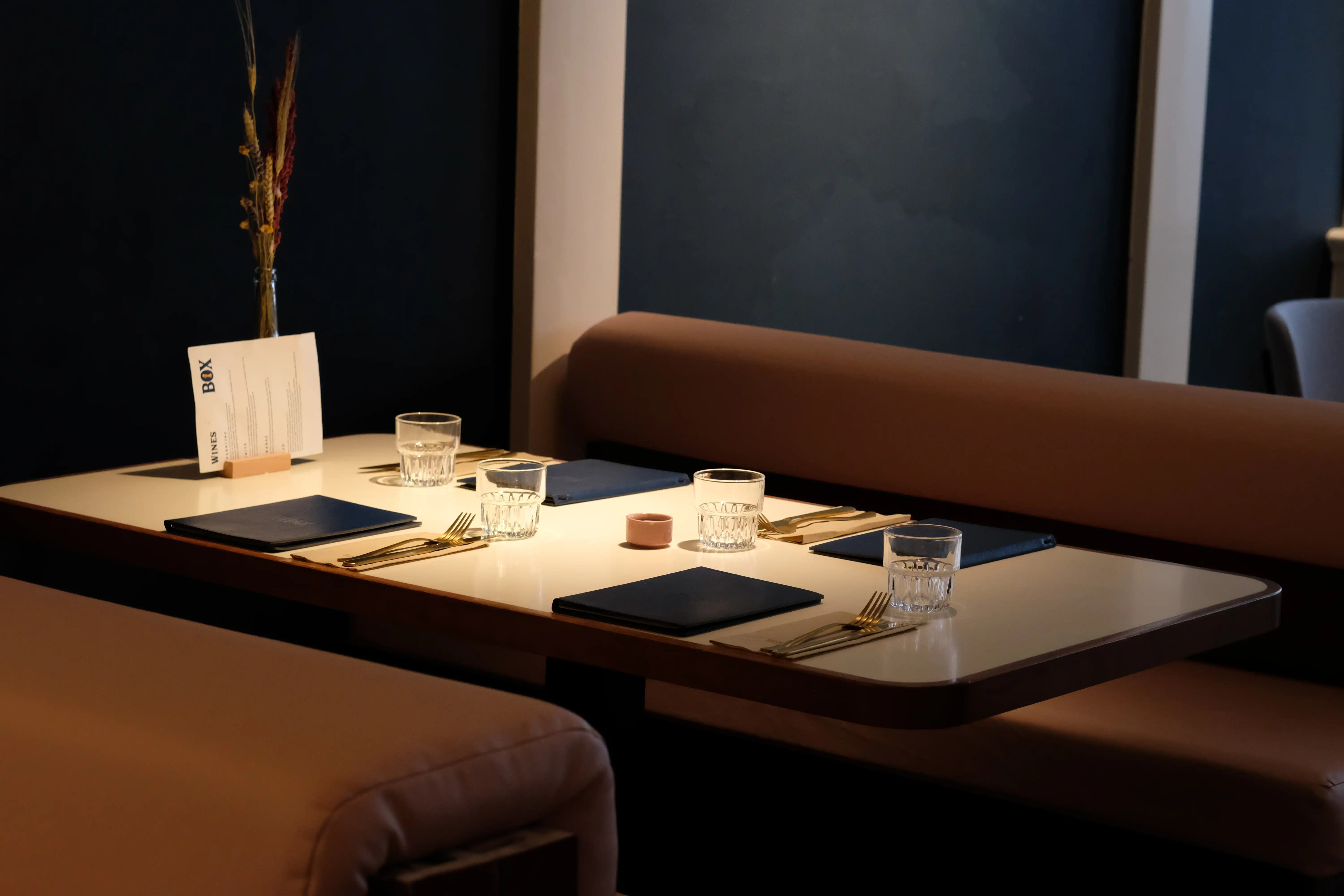

More capabilities
Explore our network capabilities




.jpg)
.webp)


